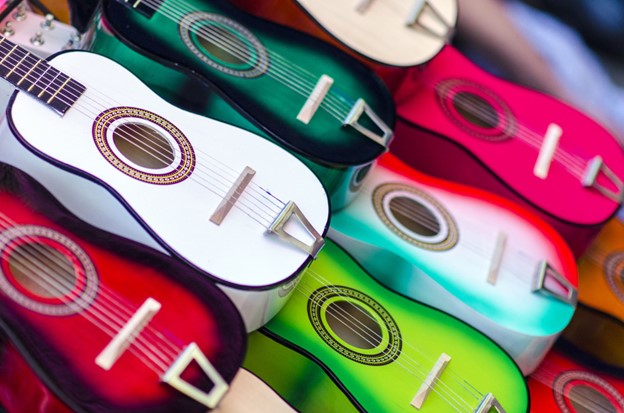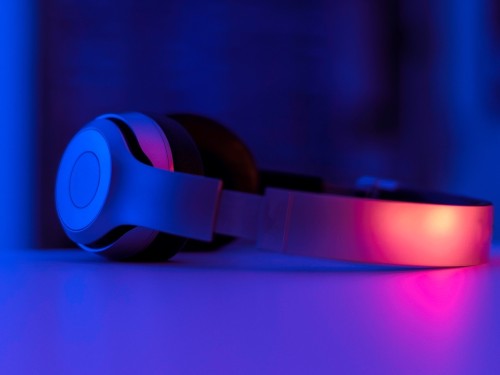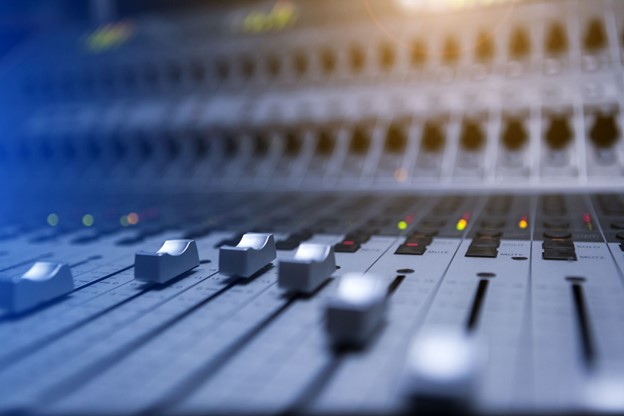
Musicians can collaborate with other artists online in various ways. Here are some methods you can explore:

1. Social Media Platforms: Artists can utilize social media platforms such as Instagram, Facebook, or Twitter to connect with other musicians. By reaching out, networking, and engaging with artists who have a similar style or complementary skills, they can explore potential collaborations. Direct messaging, commenting on posts, or participating in music-related groups can help initiate conversations and build connections.
2. Online Collaboration Platforms: There are specific platforms designed to connect musicians for collaboration purposes. Websites like SoundBetter, Blend, or Splice provide a space where musicians can find one another, collaborate remotely, and share projects. These platforms often allow for file sharing, version control, and communication within the project.
3. Video Conferencing and Virtual Studio Sessions: Musicians can use video conferencing tools like Zoom, Skype, or Google Meet to collaborate in real-time. They can schedule virtual studio sessions where they can jam, write songs together, or record music remotely. This method allows for immediate feedback and interaction even if the collaborators are physically distant.
4. File Sharing and Collaboration Tools: Cloud-based file-sharing services such as Dropbox, Google Drive, or OneDrive enable musicians to collaborate by sharing project files, demos, or stems. This allows artists to work on individual parts of a project independently and then sync their work together. They can leave comments or suggestions directly on the shared files to communicate their ideas.
5. Remixing and Guest Features: Musicians can collaborate by remixing each other’s tracks or inviting guest features on their songs. By sharing stems or individual tracks of their music, artists can allow others to create their interpretations or add their own vocals/instruments to a song. This can lead to creative collaborations and the blending of different styles.
6. Online Music Communities and Forums: Joining online music communities, forums, or platforms like Reddit’s MusicInTheMaking or WeAreTheMusicMakers can provide opportunities for collaboration. Artists can upload their works-in-progress, seek feedback, or find other musicians interested in collaborating on specific projects. Engaging in these communities gives artists a chance to connect with like-minded individuals who share their passion for music.
Remember, open communication, clear expectations, and mutual respect are important when collaborating online. It’s also essential to establish agreements regarding ownership, splits, and usage of the collaborative work to ensure fair and transparent collaborations.













